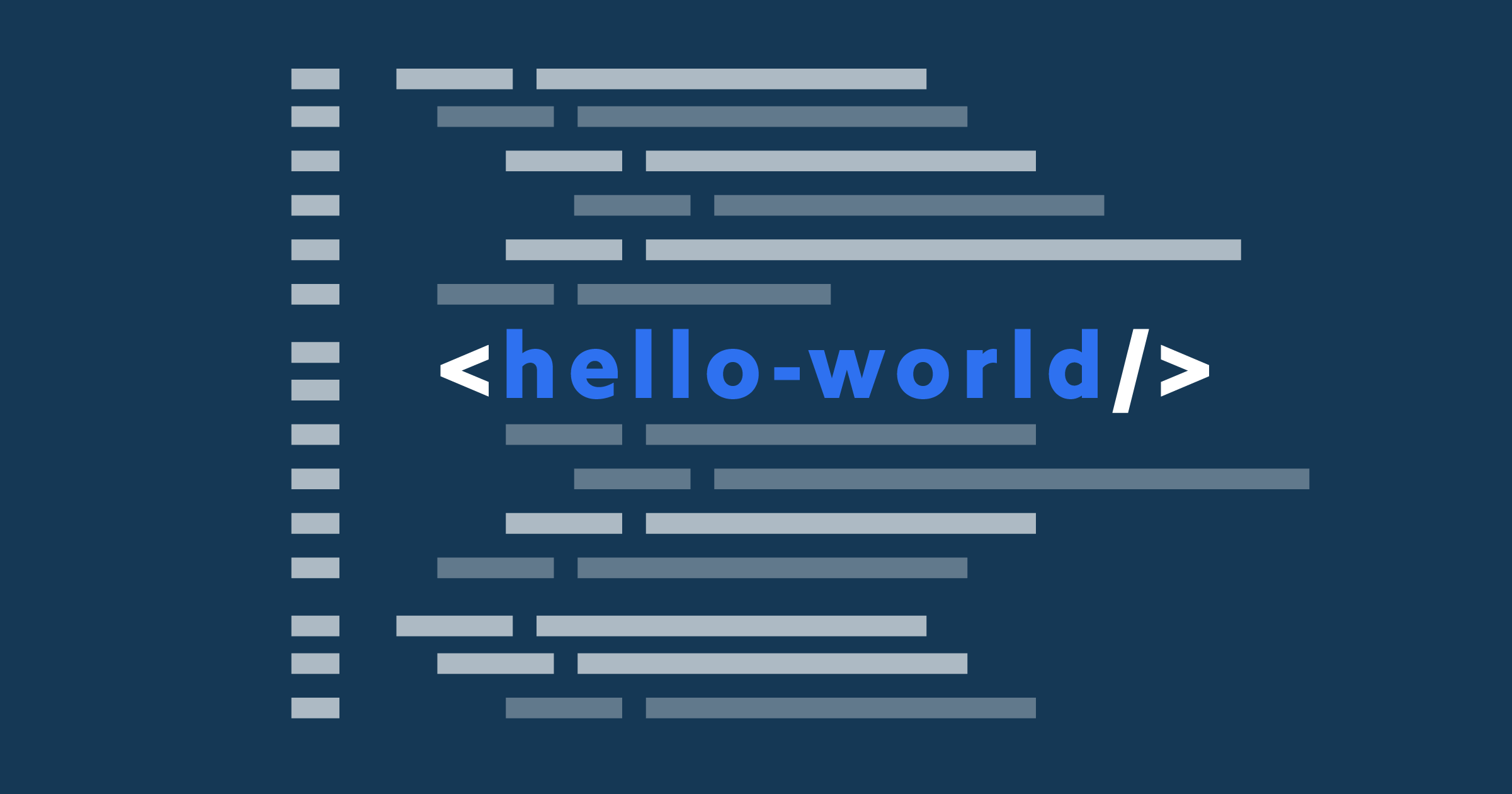
The Story of “Hello, World!” in Programming
The phrase “Hello, World!” is one of the most iconic and simple examples in the world of programming. It’s traditionally used to demonstrate the basic syntax and structure of a new programming language. The idea behind this example is to print the phrase “Hello, World!” on the screen, which verifies that the programming environment has been set up correctly and the code runs as expected.
The History of “Hello, World!”
The first usage of “Hello, World!” dates back to the 1978 publication of the book The C Programming Language, written by Brian Kernighan and Dennis Ritchie. In this book, the very first example shown to beginners was a simple C program that printed the phrase:
#include <stdio.h>
int main() {
printf("Hello, World!\n");
return 0;
}
This program became the de facto starting point for learning C and, over time, a tradition in the broader programming community.
Why “Hello, World!”?
The reason “Hello, World!” is used as a starting point is because of its simplicity. It serves to:
- Set up the programming environment: It ensures that everything is configured correctly, including the compiler and the development environment.
- Introduce programming concepts: It helps beginners get familiar with basic elements of any programming language, such as functions, syntax, and output.
- Verify output: It shows that the code can successfully produce output on the screen.
In short, it’s a simple and effective way to demonstrate how to create and run a basic program without delving into complex concepts.
“Hello, World!” in Different Languages
The concept of “Hello, World!” is universally recognized across different programming languages, and although the code might vary, the purpose remains the same. Here are a few examples of how this program looks in various popular programming languages:
Python:
print("Hello, World!")
Java:
public class HelloWorld {
public static void main(String[] args) {
System.out.println("Hello, World!");
}
}
JavaScript:
console.log("Hello, World!");
C++:
#include <iostream>
using namespace std;
int main() {
cout << "Hello, World!" << endl;
return 0;
}
The Significance of “Hello, World!”
- The Basics of Programming: Writing a simple “Hello, World!” program is often the first step in learning to code. It shows how to create and run a basic program that prints output.
- Cultural Landmark: “Hello, World!” has become a symbol of a programmer’s first step into the world of coding. It’s a rite of passage that every new coder experiences.
- Engagement with Technology: It provides a hands-on experience, allowing learners to interact with the computer in a meaningful way by seeing their code come to life in a visual form.
Conclusion
“Hello, World!” is more than just a simple program. It holds a significant place in the world of programming as a tradition and an essential learning tool for beginners. It serves as a gateway for new developers to explore the vast world of software development, setting the stage for more complex and exciting projects in the future.